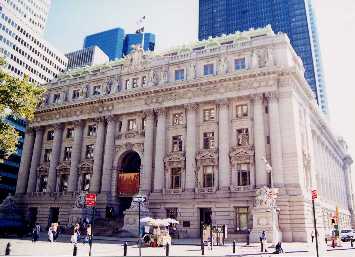Five years in the making, “Infinity of Nations” will establish the museum as an educational cornerstone for the city, providing an expansive overview of Native America. The exhibition will also provide the foundation for eight seasons of public programs, each celebrating a different region and revealing the richness and diversity of indigenous nations.
Chosen to illustrate the geographic and chronological scope of the museum’s collections, the objects have been meticulously conserved and will be displayed in custom casework by the acclaimed Laborotorio Museotecnio Goppion of Milan, Italy.
“Infinity of Nations” will open with a display of headdresses, signifying the sovereignty of Native nations, including a magnificent Kayapó krok-krok-ti, a macaw-and-heron-feather ceremonial headdress. Focal-point objects, representing each region, will include an Apsáalooke (Crow) robe illustrated with warriors’ exploits; a detailed Mayan limestone bas relief depicting a ball player; an elaborately beaded Inuit tuilli, or woman’s inner parka, made for the mother of a newborn baby; a Mapuche kultrung, or hand drum, that depicts the cosmos; a carved and painted chief’s headdress depicting a killer whale with a raven emerging from its back, created and worn by Willie Seaweed (Kwakwaka’wakw); an anthropomorphic Shipibo joni chomo, or water vessel from Peru; a Chumash basket decorated with a Spanish-coin motif; an ancient mortar from Pueblo Bonito in Chaco Canyon, N.M.; a gourd carved with a detailed picture of the Battle of Arica by Mariano Flores Kananga (Quechua); and an early Anishinaabe man’s outfit complete with headdress, leggings, shirt, sash and jewelry. The exhibition will conclude with works by Native artists such as Allan Houser (Warm Springs Chiricahua Apache) and Rick Bartow (Mad River Wiyot).
Below: The Smithsonian’s National Museum of the American Indian at the George Gustav Heye Center in New York.


No comments:
Post a Comment
Note: Only a member of this blog may post a comment.